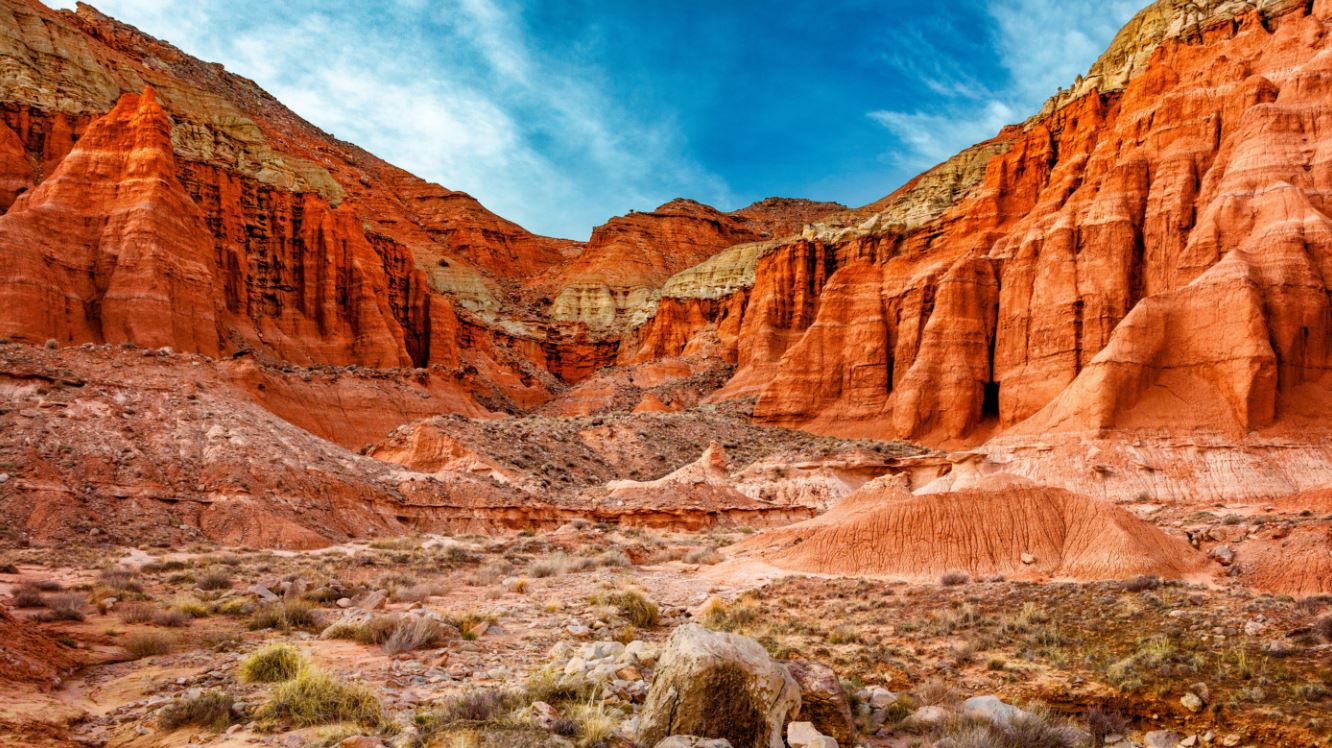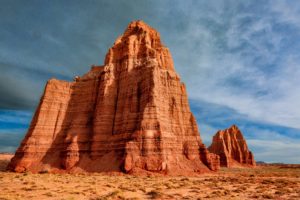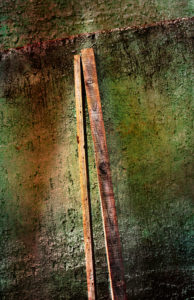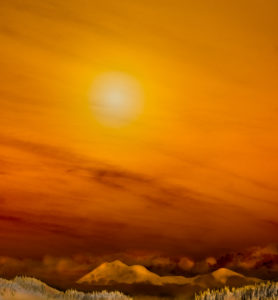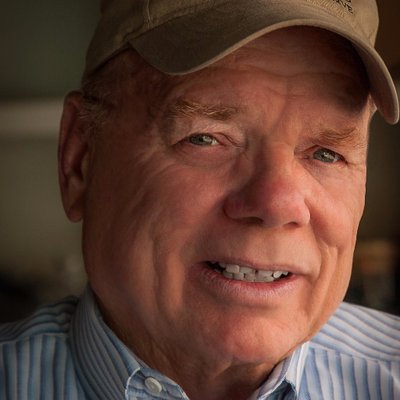Finding your next landscape location is a process, not a product, and a critical workflow element for landscape art photographers. After all, if you want to make a great landscape photograph, it is critical to be in front of a great scene at the right time of day and season. Location research can be a fun adventure, one that is full of exciting anticipation, as you imagine going to a new area.
 For me, location research comes in two disciplines: master class curriculum sites and project locations. For our classes, I seek places to create teachable moments, provide new and exciting views of known or unknown landscape areas that will challenge our photographers to interpret what they see during capture and in their post-production workflow. For my thematic work, I study locations that will contribute to a given art theme with narration or navigation images. The research workload of one often overlaps the other, but while one location might work well as an instructional site, it may not fit a theme and vice a versa.
Here is what I mean. I might select the Temples of the Moon and Sun in the Cathedral Valley of Capitol Reef National Park for a landscape photography composition study. These monoliths challenge our Master Class photographers with the angle, points of views, ground and figure relationships, time of day lighting, and perspective control by choosing a surrounding elevation. There are opportunities to extend the images emotional range with light and atmospherics and textural considerations in post-production.
While they are great for personal development and can deliver exceptional individual images, the temples by themselves are only part of a thematic project. A landscape art photographer would want to capture the adjacent Walls of Jericho, the North Valley Cathedral monoliths, and the Pinnacle Spire formations that resemble pipe organs. Including and interpreting these additional images would permit the photographer to investigate how early explorers, Native Americans, and Mormon settlers came to feel such spiritual reverence for these geological wonders and the Biblical references to cathedrals, temples, and church organs. Thus, this could be a great visual theme location, one that will require more research to understand, capture, and define.
For me, location research comes in two disciplines: master class curriculum sites and project locations. For our classes, I seek places to create teachable moments, provide new and exciting views of known or unknown landscape areas that will challenge our photographers to interpret what they see during capture and in their post-production workflow. For my thematic work, I study locations that will contribute to a given art theme with narration or navigation images. The research workload of one often overlaps the other, but while one location might work well as an instructional site, it may not fit a theme and vice a versa.
Here is what I mean. I might select the Temples of the Moon and Sun in the Cathedral Valley of Capitol Reef National Park for a landscape photography composition study. These monoliths challenge our Master Class photographers with the angle, points of views, ground and figure relationships, time of day lighting, and perspective control by choosing a surrounding elevation. There are opportunities to extend the images emotional range with light and atmospherics and textural considerations in post-production.
While they are great for personal development and can deliver exceptional individual images, the temples by themselves are only part of a thematic project. A landscape art photographer would want to capture the adjacent Walls of Jericho, the North Valley Cathedral monoliths, and the Pinnacle Spire formations that resemble pipe organs. Including and interpreting these additional images would permit the photographer to investigate how early explorers, Native Americans, and Mormon settlers came to feel such spiritual reverence for these geological wonders and the Biblical references to cathedrals, temples, and church organs. Thus, this could be a great visual theme location, one that will require more research to understand, capture, and define.
 find inspiration in their creative process as well. Researching the history of a prospective site is also useful as it helps develop time perspective.
Once I complete these research tasks, I have a mental framework that allows me to previsualize image concepts and make rough sketches. It is important to note that I use the same process for Master Class curriculum development while searching for sites that will allow us to practice techniques and to discover new image opportunities.
find inspiration in their creative process as well. Researching the history of a prospective site is also useful as it helps develop time perspective.
Once I complete these research tasks, I have a mental framework that allows me to previsualize image concepts and make rough sketches. It is important to note that I use the same process for Master Class curriculum development while searching for sites that will allow us to practice techniques and to discover new image opportunities.

The Last Highrider Wagon
RESEARCHING A LANDSCAPE LOCATION IS A CREATIVE PROCESS
I rarely find locations by accident. I use a process, one that you can adapt to your location research as well and the governing principle is to “decide what you are looking for before you begin your research.” Thus, I start my landscape research with a simple statement of intent.PROJECT PLANNING
If I am planning a thematic project, such as a study of Utah’s Cathedral Valley or perhaps I am interested in doing a survey of leafless Trees in winter, then I begin by writing a project description for myself. Here are two examples.CATHEDRAL VALLEY STATEMENT
“I am visually intrigued by the spiritual and biblical terms attached to the Cathedral Valley sandstone formations. How can I portray these monoliths and walls as spiritual properties? What is the relationship between the structural elements, the light, atmospherics, tones, and colors? Can I compare the structural properties of manmade temples to those formed by nature? How can I capture and deliver these as spiritual narration as opposed to documentation?”LEAFLESS TREES IN WINTER STATEMENT
“The simplicity of the leafless trees stuns me. They appear naked, shivering, and noiseless. I find them in groups and standing alone, but in both cases, they seem isolated and abandoned by the season until they bud in the spring. The inherent metaphors to these trees are many, and I think that the act of photographing will help me discover why I am stunned and intrigued. I do know that these images are often full of chaos so eliminating the pictorial disorder to determine the essential will be a real challenge. It may be that I need to find an individual tree or small groups of that represent a view of the isolation— I am not sure.ONLINE RESEARCH
If I am going to be shooting in a national park or on other public lands, I start with the location’s website. The information I find here, such as www.nps.gov/moja/planyourvisit/basicinfo.htm, provides me with the valuable background, operational hours, road access, and information on weather, seasons, and problem areas. Next, I do an online search for images that relate to my project or curriculum plan. What have others done, failed to do, and what have they written about the subject and locations? Some of the things I seek to learn are:- Image location
- Time of day
- Season
- Weather and atmospheric conditions
- Compositional approach
- Access
PRINT RESEARCH
I buy books, maps, and other reference materials of a potential location. National Geographic Trail maps are particularly helpful for projects on public lands, and if there are photography books from a given area, I will purchase those because we can learn from the work of others and often find inspiration in their creative process as well. Researching the history of a prospective site is also useful as it helps develop time perspective.
Once I complete these research tasks, I have a mental framework that allows me to previsualize image concepts and make rough sketches. It is important to note that I use the same process for Master Class curriculum development while searching for sites that will allow us to practice techniques and to discover new image opportunities.
find inspiration in their creative process as well. Researching the history of a prospective site is also useful as it helps develop time perspective.
Once I complete these research tasks, I have a mental framework that allows me to previsualize image concepts and make rough sketches. It is important to note that I use the same process for Master Class curriculum development while searching for sites that will allow us to practice techniques and to discover new image opportunities.
IN THE FIELD
There are two types of field workflows for location research; directed and undirected. With directed field research, I am going to a specific area with an image list and pre-visualized post workflow. With undirected I am exploring an area, using my notes and mental backdrop to develop an image list. There are several considerations for both workflows:SEASONAL RESEARCH
If I am doing a directed workflow, I arrive at a location during the optimal time of the year. For example, if I am working on Leafless Trees theme my tripod and I will show up in the late fall or winter, but while I am there, I will also make a point to imagine what this location will look like at other times of the year. How does the area look bathed in green leaves; is it prone to thunderclouds in the spring; is there foreground possibilities with wildflowers, and other considerations. I capture what I came for and then scout for some of the shots that I will take on another visit and enter notes in my journal.LIGHT RESEARCH
I invest heavily in Light Research as it is equally critical for classes and thematic projects. I use apps to find precise sunrise and sunset times and declination angles for the sun and moon so that I can anticipate shadows and highlights. I’m also interested in pre-dawn and post-sunset blue hours, and I don’t put my camera away during the middle of the day. Many landscape locations pose well in bright, straight down sunlight and they may fit a theme or challenge a Master Class Photographer. To forecast and track light I use these two apps:ATMOSPHERICS
I can’t control the weather, but I can control when to go to a directed location with weather forecasted to yield the best results. With our Master Classes, we often adjust our itineraries to access specific areas during the week to gain the best weather for a given lesson plan. Atmospherics is more than general weather and encompasses clouds, wind movements of grasses and leaves, fog, mist, light scatter and other elements. However, despite our best plans weather often defies prediction and can be full of beautiful surprises such as the rare Mojave Desert snowstorm that fell on a recent Master Class.LOCATION RECORDING
Many times my locations are far from a simple “by the road overlook or pull out.” They are often off-road or found with long hikes, and I use a GPS to record locations and further identify them on a map. When I return, I know precisely where I want to go, and from my notes, I will know in advance what lens I am going to use and at what time of day and season I plant to shoot.FIELD COMPOSITION RESEARCH AND DECISIONS
Directed and Undirected workflows approach composition differently. With Directed, I plan my capture process well in advance, and with an Undirected workflow, I must look for composition opportunities on site and generally make decisions on the fly. In either case, I am not looking for Classic Landscape photography images, which consist of a foreground, middle ground, and background. These elements generally please the eye and make for an orderly composition that can trace its development to the earliest renaissance painting that used three dimensions. Mountains in the background and a curved stream in the foreground create a vanishing horizon that leads the eye through the middle ground. The result is often beautiful, peaceful work.CONCEPTUAL CONSIDERATIONS
Landscape art photography has since the 1960s relied on two broad conceptual approaches and many subsets. The first embodies Ansel Adam’s iconic landscapes, which present as pristine views of the natural landscape – rivers, mountains, valleys, orchards, deserts, and the sea in the western United States. His work employs clarity, and his images speak to his poetic vision and commitment to environmental conservation. www.anseladams.com The other approach seeks to balance the depiction of formal beauty with humanity’s presence and intervention in the landscape, and the work of another Adams, Robert Adams, who was a contemporary of Ansel’s, is a leading, example of that approach. Although often devoid of human subjects, or sparsely populated, Robert Adams’s photographs capture the physical traces of human life: a garbage-strewn roadside, a clear-cut forest, a half-built house. www.fraenkelgallery.com/artists/robert-adams I often use classic compositional techniques but I’m not a classicist, and we encourage our masterclass photographers to reach past traditional conventions. Thus, we often search for locations where we can study shadow and light, forms, textures, verticals and horizontal interceptions and for pieces of a landscape that may become a composite during post-production. With directed work, I will photograph a single image area or scene as long as the light permits and use a system wherein I work the scene and camera to arrive at a visual statement. With undirected work, I do the same thing, but there is a lot of guesswork initially as these scenes are new and I rarely have a full understanding of what I see until I do a later review in the computer. For our Master Class photographers, we provide locations, instruction, and post-production tools to create and appreciate both approaches. For personal projects, I lean into defining the landscape as contemporary art and enjoy exploring isolation and our proclivity to abandon our dreams, the remnants of which can be found in many of our landscape locations. Thus, we seek landscape locations that will allow us to:- Explore minimalism
- Isolate textures
- Utilize intriguing combinations of light and shadow
- Find colors within atmospheric scenes, an odd time of day illumination and seasonal light flows such as winter or summer light.
- Create and complete a landscape art narration.
- Solitude
- Unusual or rare views




